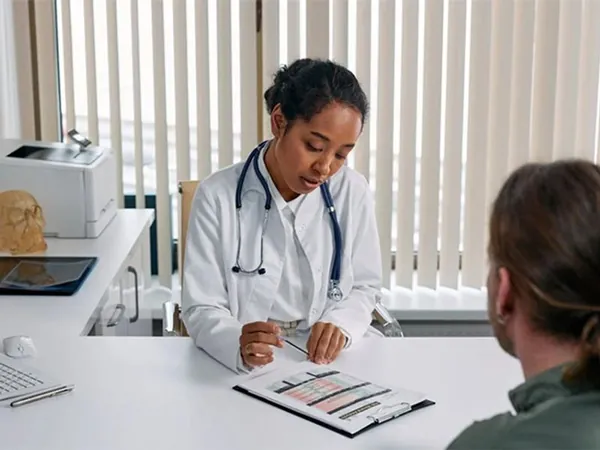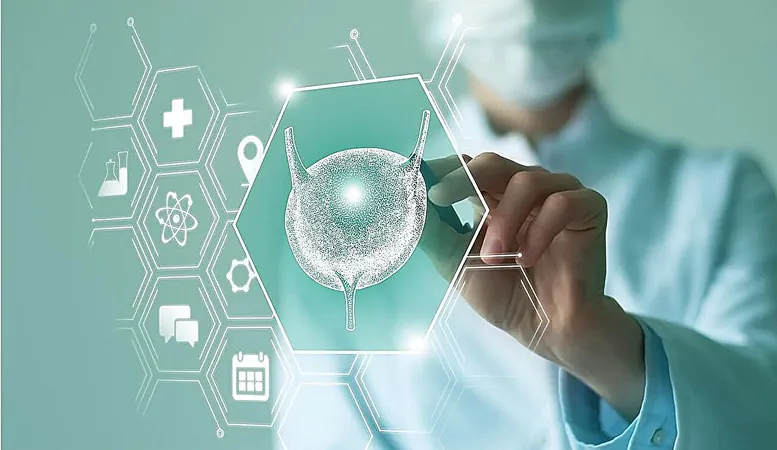
Breakthrough Model Reveals Secrets of Our Sense of Smell
2025-06-08
Author: Jia
In a groundbreaking study out of Tufts University, researchers have unveiled a revolutionary three-dimensional model for examining how our sense of smell regenerates, shedding light on critical stem cells that could redefine our understanding of olfactory health.
Unlike most cells in the nervous system, sensory neurons in our noses possess an extraordinary ability to regenerate, even as they face constant environmental challenges. However, factors like COVID-19, toxins, and aging can severely impact their function, often leading to a dramatic loss of smell.
To tackle this issue, the research team developed an innovative olfactory tissue model using mice. This model allows scientists to dive deeper into the dynamics of neuron formation in the nasal cavity, revealing why this essential process may falter in times of disease or aging.
Published in *Cell Reports Methods*, the study highlights the interaction between two stem cell types in the nose—horizontal basal cells (HBCs) and globose basal cells (GBCs)—demonstrating their collaborative role in creating new smell-sensing nerve tissue.
According to Brian Lin, the lead author and research professor, "Our findings suggest these two types of stem cells may not just coexist but actually depend on each other for optimal function. The HBCs, which we previously thought to be largely inactive, are crucial for the production and repair of olfactory neurons."
By identifying a specific group of HBCs that produce the protein KRT5, the researchers established their importance in generating new olfactory neurons. They discovered that depleting these HBCs from organoid cultures significantly hindered neuron generation, underlining their vital role in the regeneration process.
The researchers also assessed cells from mice of varying ages and noted a decline in neuron-generating ability with age, potentially linked to a decrease in GBCs as we grow older. Further investigation is needed to explore this hypothesis and potentially find ways to rejuvenate these critical cells.
Lin emphasized the importance of creating a model that labs with limited resources can easily replicate. Ultimately, they aim to transform this mouse-tissue model into a human organoid that could pave the way for innovative drug screening for those suffering from olfactory loss.



 Brasil (PT)
Brasil (PT)
 Canada (EN)
Canada (EN)
 Chile (ES)
Chile (ES)
 Česko (CS)
Česko (CS)
 대한민국 (KO)
대한민국 (KO)
 España (ES)
España (ES)
 France (FR)
France (FR)
 Hong Kong (EN)
Hong Kong (EN)
 Italia (IT)
Italia (IT)
 日本 (JA)
日本 (JA)
 Magyarország (HU)
Magyarország (HU)
 Norge (NO)
Norge (NO)
 Polska (PL)
Polska (PL)
 Schweiz (DE)
Schweiz (DE)
 Singapore (EN)
Singapore (EN)
 Sverige (SV)
Sverige (SV)
 Suomi (FI)
Suomi (FI)
 Türkiye (TR)
Türkiye (TR)
 الإمارات العربية المتحدة (AR)
الإمارات العربية المتحدة (AR)